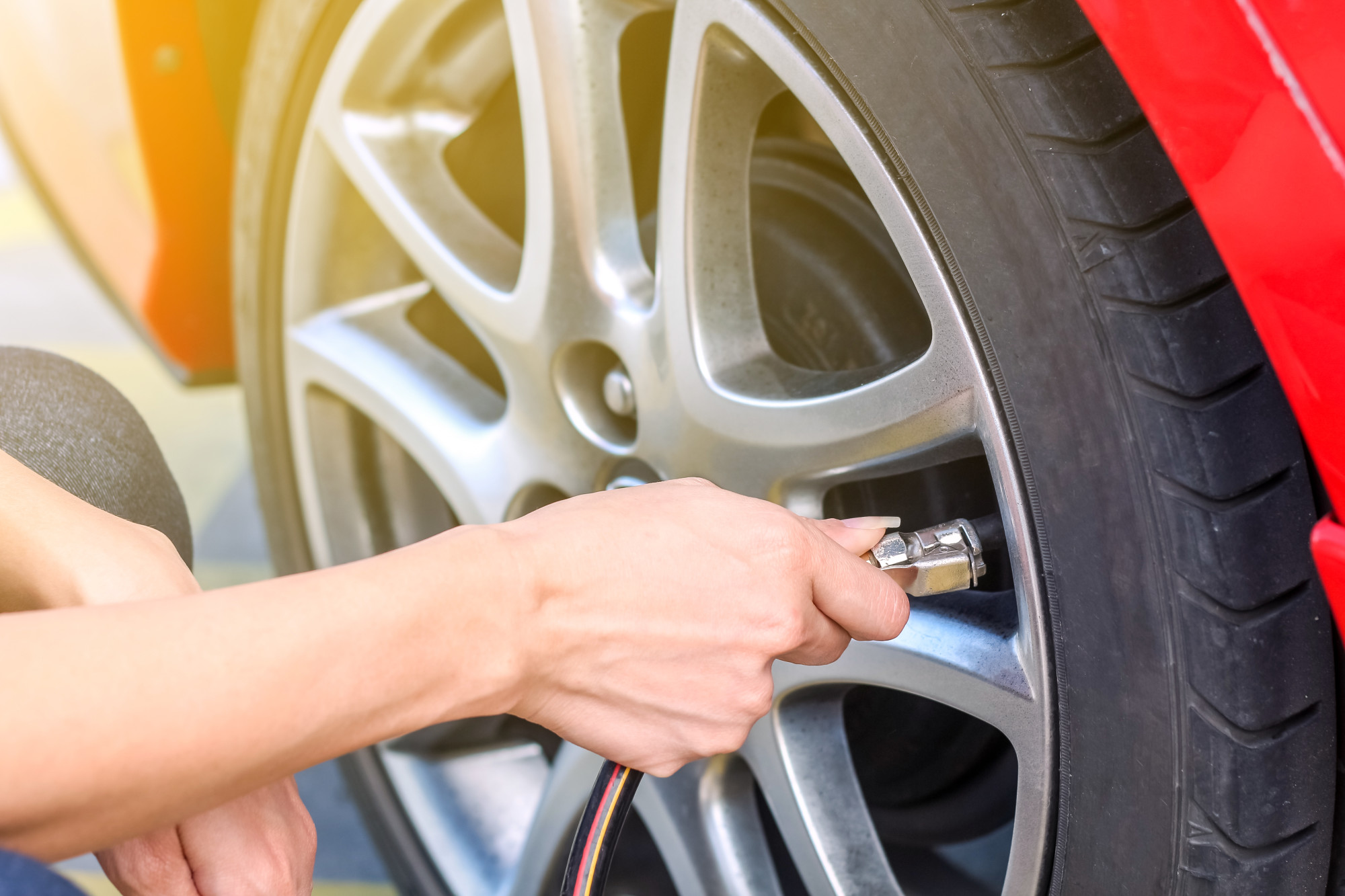A Handyman’s Guide to Checking Tire Pressure
Worried about your tire pressure levels? The good news is you can skip going to the mechanic for this job. It’s an easy task you can manage on your own.
Here’s a quick guide to checking your tires and managing their pressure levels.
How to Check Your Tire Pressure
Keeping your tires properly inflated can protect them from unnecessary wear and tear. It can also improve your gas mileage.
To start, you will need a tire pressure gauge. You can buy a digital tire pressure gauge for cheap, and it should last you a long time.
Before you begin measuring, make sure the tires are cold. Tires heat up as you drive, so you shouldn’t check them right after driving. You will have to wait a few hours for them to cool down, or you can check the pressure levels first thing in the morning.
Once you’re ready, unscrew the valve stem cap on your tire. Press the gauge to the stem opening and make sure no air is escaping. Remove the gauge once it indicates it has completed measuring; it should only take a second or two.
Then, read the number on the tire pressure sensor, and write it down for future reference. It’s as easy as that! You can now compare the number, measured in pounds per square inch (PSI) of pressure, to the optimal pressure level.
What Pressure Level Is Optimal?
When you check your tire pressure, pay attention to the pressure levels across all tires. If the pressure levels are unbalanced, it may cause your car to vibrate while driving. Improperly balanced tires can also wear down steering and suspension components faster than normal.
The correct pressure level varies by the vehicle manufacturer, so make sure you compare the measured PSI to the manufacturer’s PSI. You can typically find this information within your owner manual or on a sticker placed on the inside of your driver’s door or glove box.
The measured PSI should match the manufacturer’s PSI. If it is higher, let out air with an air compressor until the number aligns. If it is lower, add air until the numbers match.
It’s vital to get the numbers as close to matching as you can. If you underinflate your tires, they will flex excessively. This will cause heat buildup and buckling, which increases tire wear and damage.
If you overinflate your tires, they will ride hard. This will cause tire traction to decrease, which increases the chance of ply breakage. If you balance your tires well, you should be able to see the flat tread of the tire meet perfectly with the surface of the road.
How Often Should You Check It?
For the average vehicle, you should check your tire pressure about once a month. Make it a regular ritual, and keep track of the pressure levels. This will help ensure your tires don’t fall below the optimal pressure.
If you’re still worried about optimizing your pressure levels, you can invest in a tire pressure monitoring system. This will keep track of your pressure levels and notify you about low tire pressure.
Regular Maintenance Will Keep Your Car Running
Maintaining the optimal tire pressure levels for your vehicle will keep it functioning like the well-oiled machine it is. But car repair and maintenance shouldn’t stop there.
If you’re looking for other ways to keep your car running in tip-top shape for longer, check out our website for more advice on auto repair and maintenance.


